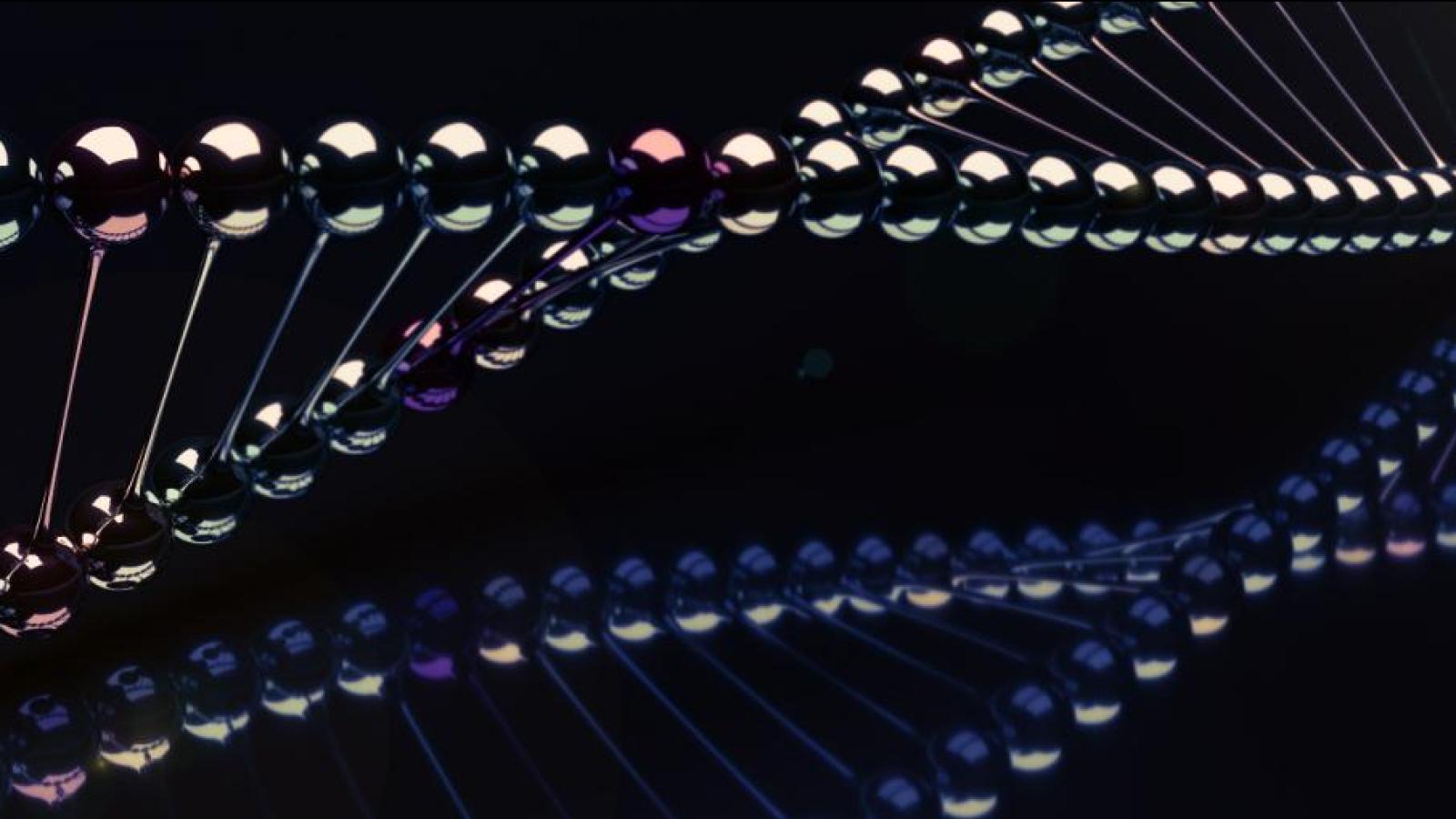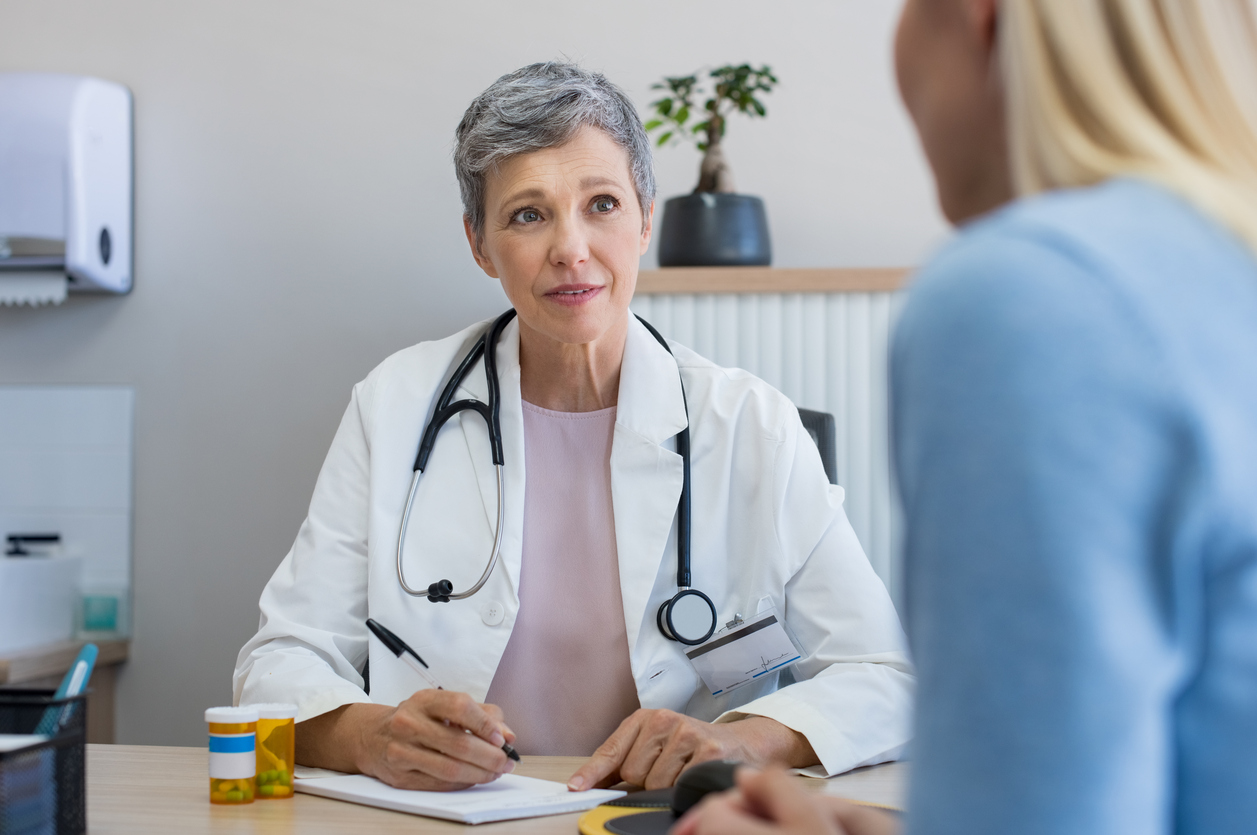How is Hodgkin lymphoma treated?

On this page:
The aim of treatment is to put the lymphoma into remission.

Remission
Remission means the lymphoma is no longer active and is under control. It has been reduced or got rid of completely. A long-term remission can be either partial or complete.
- Complete remission: There are no visible signs of the lymphoma after treatment.
- Partial remission: The lymphoma has been reduced by at least a half but is not completely gone.
Types of treatment
Chemotherapy
Chemotherapy is the use of drugs to kill or control the cancer cells. Your treatment may involve a combination of different chemotherapy drugs, or sometimes it is given with other treatments such as steroids. You may have radiotherapy too. Chemotherapy for Hodgkin lymphoma is normally given through a drip into a vein. Read more about chemotherapy.
Radiotherapy
Radiotherapy uses high-energy rays to destroy the cancer cells. It’s usually used for early stage lymphoma, sometimes along with chemotherapy. It’s most useful if the Hodgkin lymphoma is only in one part of the body. Read more about radiotherapy.
Steroids
Drugs to help to kill the lymphoma cells and to improve how the chemotherapy works. Steroids can also help with side-effects like feeling sick.
Targeted therapies
Drugs that target genetic changes or boost your immune system to kill cancer cells. They may be used if the disease comes back after treatment or hasn’t responded to treatment. Monoclonal antibodies are the type most used for HL. For example, rituximab.
Stem cell transplant
All the blood cells in your bone marrow are destroyed with high-dose chemotherapy or radiotherapy and replaced with healthy stem cells. Transplants are not suitable for every patient. They may be used if the disease comes back after treatment or hasn’t responded to treatment. Read more about stem cell transplants
What side-effects will I get?
The type of side-effects you get will depend on:
- The kind of treatment
- The dose
- How long treatment lasts
- Your own general health
Some treatments might make you less resistant to infection, feel sick (nausea), vomit or have diarrhoea. You might also lose your appetite or your hair. Many treatments cause you to feel very tired (fatigue). Read about the different treatments for more about their side-effects.
Most side-effects do not last long and disappear once treatment is over. The side-effects of stem cell transplant can be more severe.
Your doctor or nurse will discuss any possible side-effects with you before treatment begins.
For more information
Phone
1800 200 700



